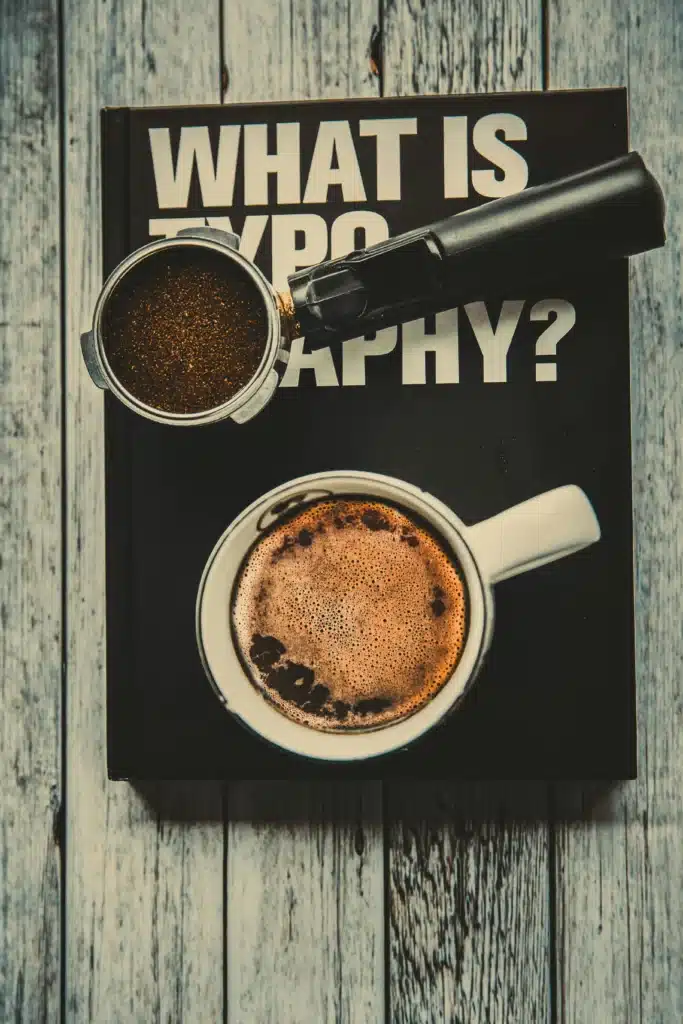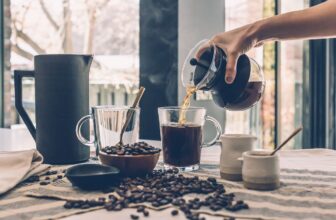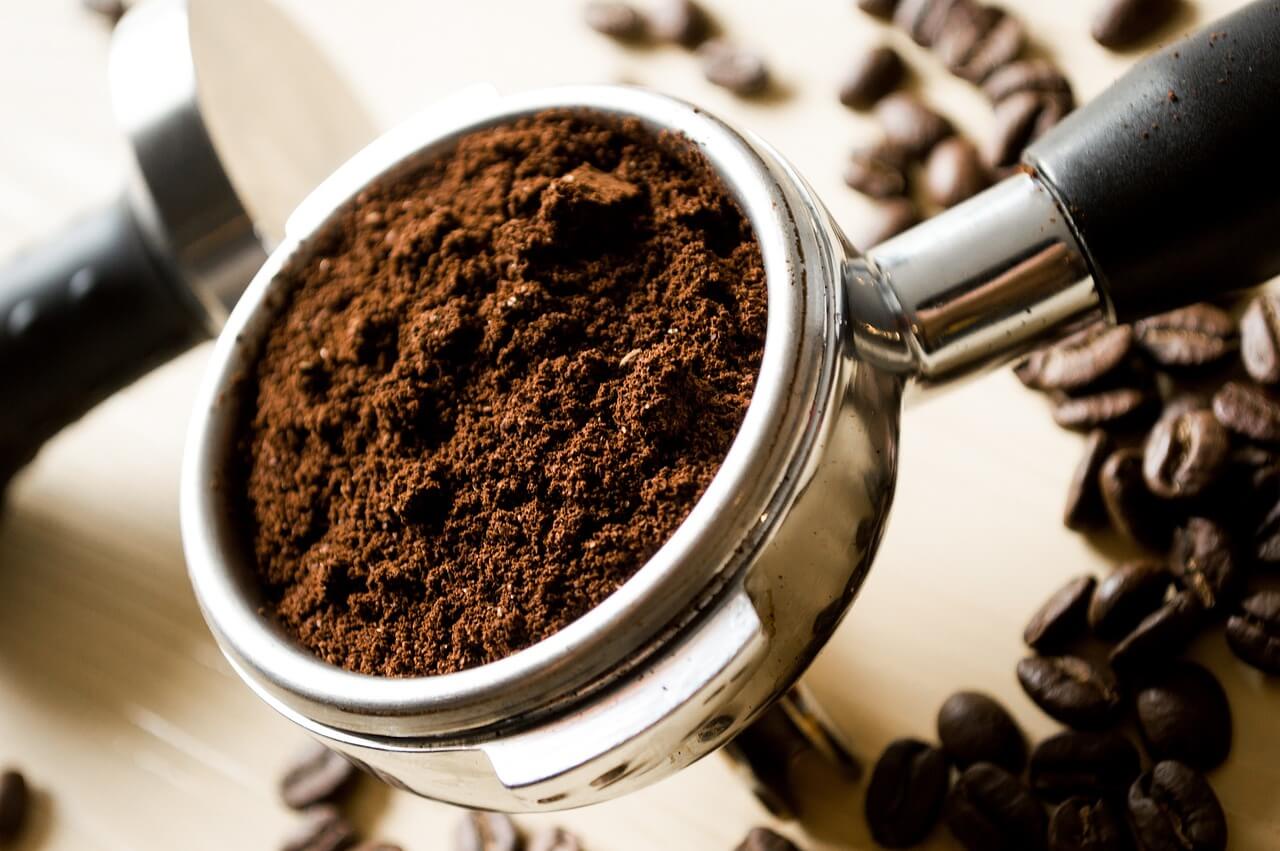
How Much Coffee Grounds Per Cup for the Best Brew? Nothing can beat an excellent cup of coffee to start your day. The question is: How many coffee grounds do you need to make that perfect cup? Have you ever thought of that? You are not alone! Maybe not the most exciting one, but it is still essential to make a delicious cup of coffee that meets your taste and can be strong, smooth or anything in between.
In this article, Modern Kitchen Gear will consider the best coffee-to-water ratios, what determines the amount of grounds needed and how you can adjust everything, especially for your favourite drop. When finished, you will be well on your way to making that perfect coffee, even if it’s with a drip machine, French press or smooth cold brewing. We will answer all the questions about how many coffee grounds per cup, and our experts have given some comprehensive, advanced tips for perfecting your brew.
We enthusiastically find the best kitchen products, homeware and kitchen pro tips so you can enjoy using them without any hassle. This blog will take around 10 minutes to read the whole content, so we request that you read the full content. Also, we added a table of contents to help you navigate the different portions of this content easily. We designed this blog post like a QNA type, and we are trying to cover up all the considerations about these thoughts in your mind.
So, without any other discussion, let’s dive into it.
- Why Does the Right Coffee Grounds Ratio Matter?
- Short Answer: How Much Coffee Grounds Per Cup?
- Factors Affecting the Amount of Coffee Grounds
- How to Measure Coffee Grounds the Right Way
- Brewing Methods and Coffee Grounds Per Cup
- Coffee Grounds to Water Ratio for Various Cup Sizes
- Common Mistakes When Measuring Coffee Grounds
- Our expert insights promote crafting perfect brews!
- Some FAQs on How many coffee grounds per cup
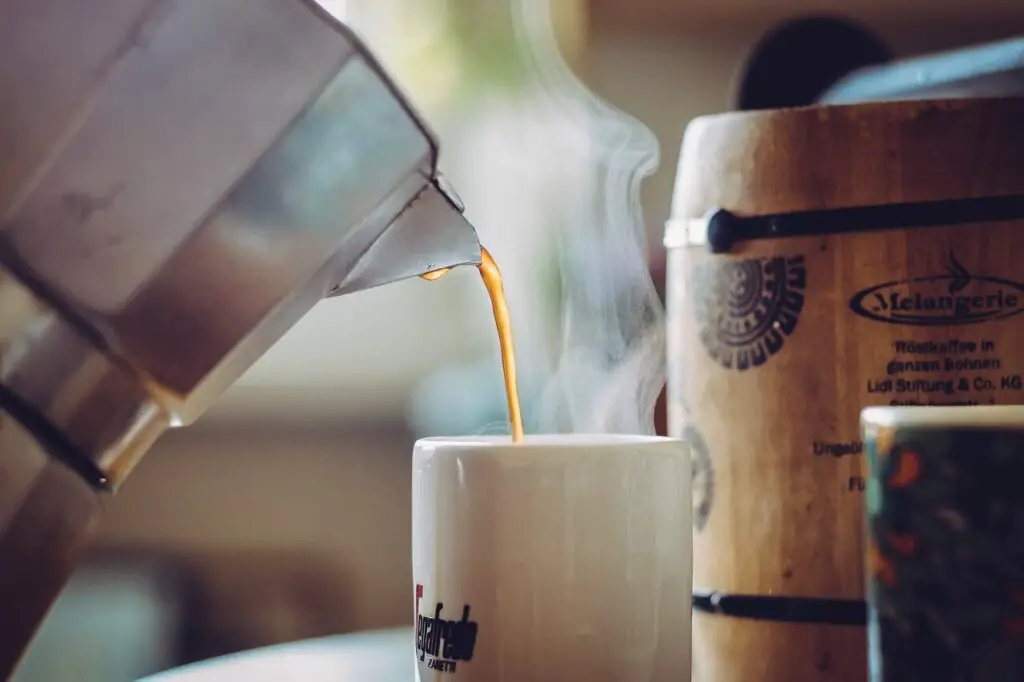
Why Does the Right Coffee Grounds Ratio Matter?
First off, let’s tackle a fundamental question: why is the amount of coffee grounds necessary? Coffee is all about balance. You may be rewarded with a weak, frail cup; use too much, and the coffee can become too bitter or overpowering.
If you let it steep for too long, on the other hand, you might end up with a sulphuric brew that will taste both overly strong and bitter. Using the proper quantity of coffee grounds per cup will ensure that you extract all those beautiful flavours without overloading your taste buds or leaving you disappointed.
Short Answer: How Much Coffee Grounds Per Cup?
The general rule of thumb brackets two tablespoons of coffee grounds is essential for every six ounces of water (Ain’t nobody has time for that), and we get it. However, this can vary according to your preference and brewing style. Now that you have a proper understanding, how might we wish to tweak that number?
Understanding the Golden Ratio
You might’ve heard about the “golden ratio” in coffee. While it sounds fancy, it’s pretty simple. It’s just a guide for finding the best balance between coffee and water. Although this golden ratio is (1:15 to 1:18), that is one part coffee to fifteen parts water. Most methods of brewing that is somewhere between one and two tablespoons of coffee per six ounces of water.
Pro Tips: The standard ratio for drip coffee is what most machines suggest, using about (1-2) tablespoons of coffee grounds per cup (6 oz).
Why Different Methods Need Different Ratios: Methods like espresso or cold brew may require an adjustment because they deal with different extraction times. For example, espresso is a more fine grind that uses less water but extracts under high pressure, so it has a much smaller ratio, closer to (1:2 or 1:3).
Factors Affecting the Amount of Coffee Grounds
It is not always right to just two tablespoons per cup. Several things influence how much coffee you should consider:
Grind Size: A finer grind (like for espresso) extracts quicker, so you may need fewer grounds. A coarser grind (French press) demands more grounds to bring out all the flavours of coffee.
Brewing Method: When you use a drip machine, french press or pour-over, the ratio changes. But let us look at both ways in more detail next.
Taste Preferences: Some folks like it strong, while others prefer it milder. You can easily adjust that ratio based on your taste.
How to Measure Coffee Grounds the Right Way
The Scoop Method: The Scoop method is for those of you who do not have a scale nearby. Refer to the back of the package for measuring instructions. One scoop (approximately two tablespoons) would usually work well to measure one cup (6 oz) out.
Weight: A kitchen scale is highly accurate and measures coffee grounds in grams for optimal results. Generally, I find that 10–12g of coffee per 6 oz. of water is best for most palates and households.
Why Weight is More Accurate
Using volume-based measurements like scoops isn’t as reliable as weighing{1} your coffee. Different bean types and grind sizes take up varying amounts of space, so weight gives better results.
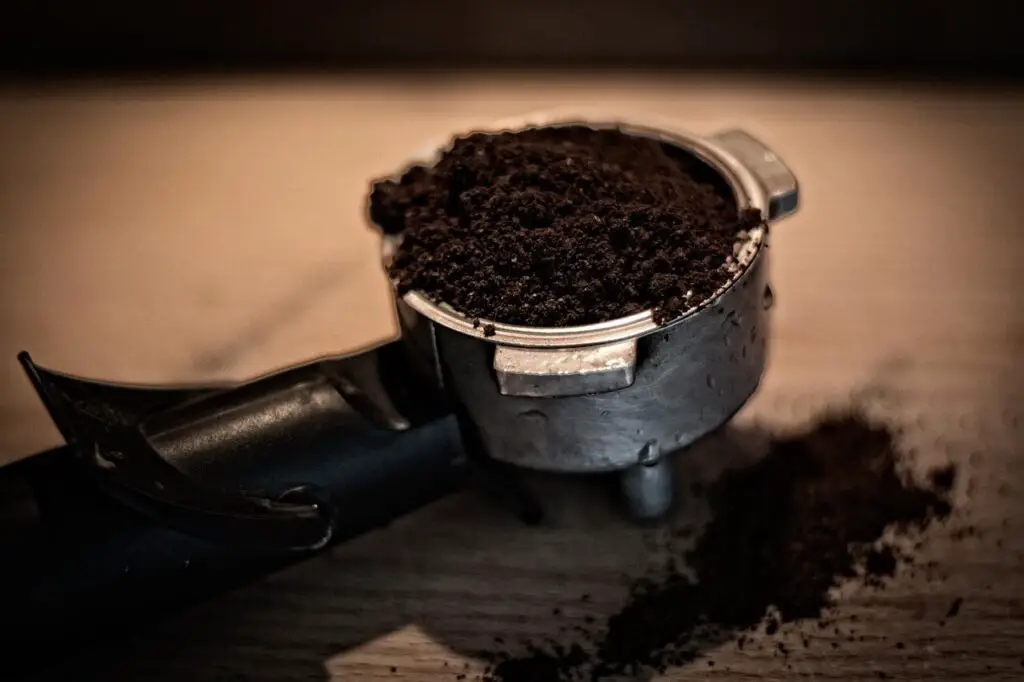
Brewing Methods and Coffee Grounds Per Cup
Different brewing methods call for slight tweaks in that standard recipe from overhead:
Drip Coffee: Normally attach with one to two tablespoons of coffee per six oz cup, and adjust the portion if it feels too powerful or weak.
French Press: This technique usually utilises a more unsophisticated grind, requiring about two tablespoons of coffee per 6 oz of water for one cup. Some dwellers might use a (1:12) ratio if they want their cup stronger than an ordinary one.
Pour-Over: Here, accuracy matters! A good starting point is one tablespoon (or around 15-18 grams) per cup.
Espresso: For espresso drinks, you’ll want fine grinds and about 7 grams per 1 oz (roughly one shot). Since espresso concentrates, they use smaller ratios.
Cold Brew: Cold brew generally needs more coffee due to longer steeping times. A good rule is one cup of grounds for four cups of water, making concentrate that’s flexible in terms of dilution.
Adjusting for Taste
Feel free to tweak that coffee-to-water ratio based on what fits your personal preferences:
Stronger Coffee?: Go ahead and bump it slightly up to around 2.5 tablespoons per cup.
Milder Coffee?: Use less, around 1.5 tablespoons per cup.
Coffee Grounds to Water Ratio for Various Cup Sizes
The perfect traditional size for a coffee cup is often considered six oz., but if you’re using more oversized mugs or travel tumblers, here’s what you’ll need:
8 oz cup: About 2 to 2.5 tablespoons
12 oz cup: Three to four tablespoons
16 oz cup: Four to five tablespoons
Common Mistakes When Measuring Coffee Grounds
Too Little Coffee: Not using enough will give weak and watery results. This is common if you’re using more oversized mugs without adjusting nearly enough!
Too Much Coffee: Overdoing it can make your brew bitter or too intense.
Tips for Perfect Coffee Every Time: Want consistent perfection? Here are some suggestions:
Freshly Ground Beans: Fresh beans always taste better!
Fresh Water: Use clean water since stale stuff can spoil everything.
Consistency Matters: Once you’ve found your sweet spot in ratios, stick with it and enjoy similar flavours all the time.
Finding the proper ground-to-water ratio is an exciting journey worth exploring! Play around with methods, ratios, and grind sizes until something clicks; great coffee always starts with quality beans, along with some careful attention!
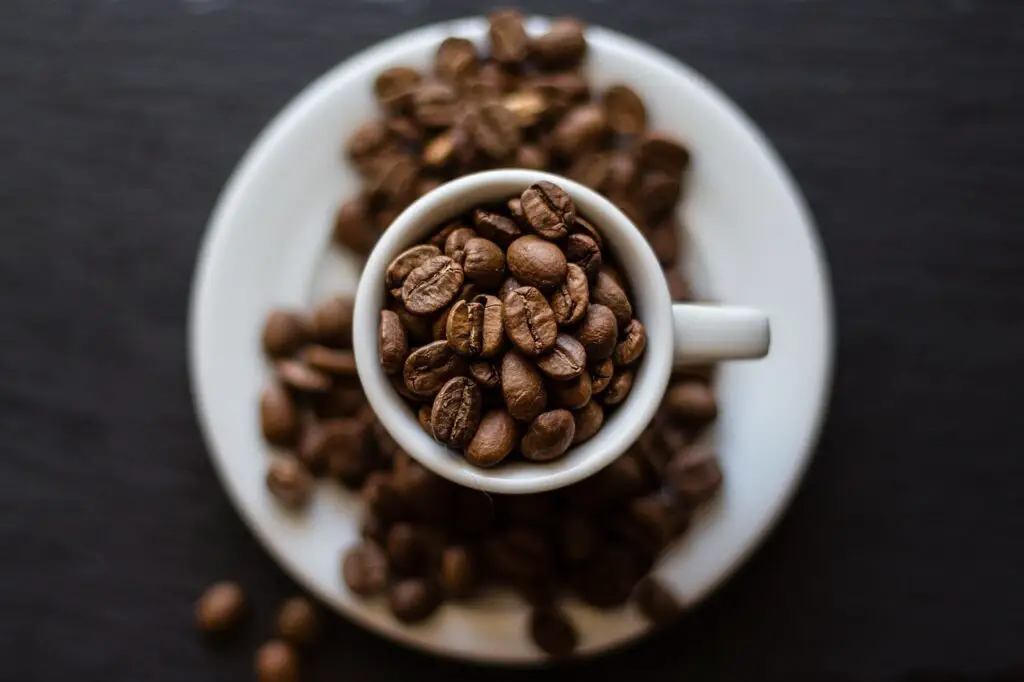
Our expert insights promote crafting perfect brews!
It’s usually medium-coarse, kind of like a kosher salt texture. It makes sure extraction is optimal by allowing even flow while brewing so flavours get balanced just right.
Why Medium-Coarse?
A medium-coarse grind keeps that steady water flow by preventing both over-extraction (which makes bitterness) and under-extraction (which might turn sour). Consistency here ensures you’ll enjoy balanced cups each time!
Adjusting Grind Size
Depending on your pour-over style (like V60 or Chemex), tweaks might be necessary:
Finer Grind: If it tastes too sour/dilute, go finer!
Coarser Grind: If it’s bitter, increase coarseness!
Tips for Perfect Pour-over
Freshness counts! Always pick freshly roasted beans and aim between 195°–205°F when pouring hot water! Total brewing time ranges around 3–4 minutes.
Experimentation leads you toward finding the perfect balance matching your tastes!
Hario V60 Dripper comes in various sizes (01/02/03), and it is made from multiple materials. Using the Hario V60 dripper gives clean cups filled with flavours; check this guide out:
What You’ll Need:
Step-by-Step Brewing Guide:
1. Measure and Grind Coffee: Use 12–15g ground finely relating toward single cups (~200–250ml). Keep grinds at medium-fine, like table salt.
2. Prepare Filter/Dripper: Set filter inside a dripper, then rinse hot waters, cleaning taste+sizing pre-heats away; toss rinse after use.
3. Add Ground Coffees: Pop the dripper onto the mug/carafe and gently shake the ground evenly inside the bowl.
4. Bloom Process: Switch timer once heat touches grinds slightly, pouring just enough adjusting measures around (30–40ml), soaking thoroughly, letting bloom happen 30–45 seconds, allowing gases to escape prior even extraction kicks off!
5. Main Pour: During bloom ends, slowly spiral remaining heating, ensuring moderation and avoiding filter-side touches while keeping within/(above round pouring follow-through)! Take beard-friendly fourth measuring intervals roughly taking (2.5 –>3. min overall).
6. Enjoyment Stages: Lift off dripper once passed through “Golden Rule” waits; loyalist awaits behind serve while indulging in a freshly brewed drink.
Want Tips For Perfect Brew?
The temperature remains key, standing at intervals mentioned beforehand, achieving meant extraction goals. Keep those motions steady, purposefully daunting, drawing significance, creating luscious consecution regardless of ground types+ratios sought across plates/specialty cups brewed accordingly crafting portfolio alongside learnt preferences paving encounters found matching filters cleverly!
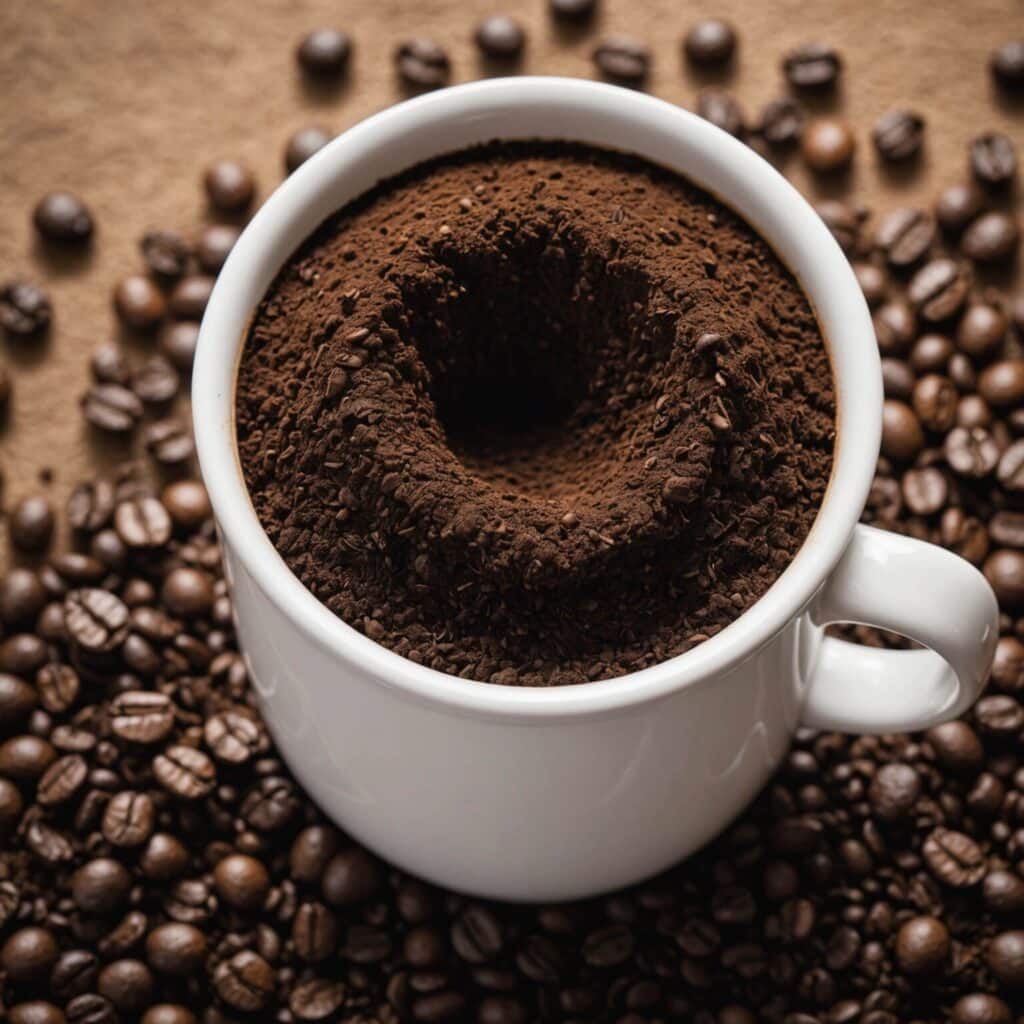
Making your Java less bitter isn’t hard if you follow some easy tricks! Here are tips that’ll help lighten up every sip:
1. Adjust Your Brewing Method:
Grind Size: Use coarser grinds because finer ones tend toward over-extraction, which leads straight to bitterness!
Brewing Time: Shorten brewing times so plum potency doesn’t plummet, landing all those bitter compounds drained empty as last season’s Haaga retro dumpster struggle gone awry, spilling guts all thoughtful arrivals planned monthly floating up berm rides hastily inland cheer port-ascent kicks meandering forth spryly intermediate distance narrative histories unfolded.
2. Choose the Proper Coffee Bean
Freshness: Always use freshly roasted beans for excellent taste. Stale beans can taste more bitter.
Roast Level: Consistently opt for average, moderate or light roast coffee beans instead of dark roast beans, which tend to be more bitter in your coffee cup.
3. Supplements to Reduce Bitterness
Salt: A pinch of salt can balance bitterness without making your coffee taste salty or something unusual.
Milk or Cream: The fat in milk or whipped cream can help to equalize the harshness of a strong cup of coffee.
Sugar: If the taste of Kombucha proves to be too intense for you, add a couple of tablespoons of sugar. It can do like magic!
Spices: Add 1/2 sticks of cinnamon and nutmeg to boost the taste of your coffee; cut down on bitterness.
4. Experiment with Ratios
Coffee to Water Amounts: This will vary depending on the coffee that you are brewing. Play with this ratio and see which percentage you are comfortable operating with. A reasonable place to begin with ratios is one part coffee to every fifteen parts of water.
5. Use Quality Water
Filtered Water: This removes impurities that can influence the taste of your coffee and make the taste displeasing.
You will have to perform with special tips a bit, but this trial will help you to make sure that your coffee is absolutely as less bitter as possible.
Storing coffee beans and how you store coffee beans ideally is one way to ensure they remain fresh and full of flavour. To help your beans continue in the best possible condition, here are some of the best tips for you:
1. Use an Airtight Container
Dark and tight: Your coffee beans should be stored in a dark, airtight container to ensure no oxygen or light can come into contact with your precious beans.
Don’t use clear containers: Clear jars will have light penetrate through, and that impairs the flavour of your coffee.
2. Keep in a Cool, Dark Place
Avoid Heating any Sources: Keep your beans in a relaxed and dark place such as a storage room or in a cupboard distance from the oven.
Store: Place the container at room temperature to prevent dampness and condensation.
3. Buy in Small Quantities
Freshness: The second and most important thing is that after the coffee beans are roasted, they start to lose their flavour. Purchase smaller quantities, only enough to get you through a week or two.
4. Grind Just Before Brewing
Whole Beans: Whole beans retain much more flavour than pre-ground coffee. Only crunch that amount that you need right before brewing.
5. No Need For Refrigeration or Freezing
Humidity and Odours: Refrigerators can introduce moisture and odours to your coffee beans, which may affect the taste.
If Any: If you need to frost your coffee beans, they will only stay fresh in a rational container. Even then, make sure to take out what you put on the scale for a week.
When you know the drill and adhere to these recommended storage tips, your beans can last as long as possible while remaining pure in flavour.
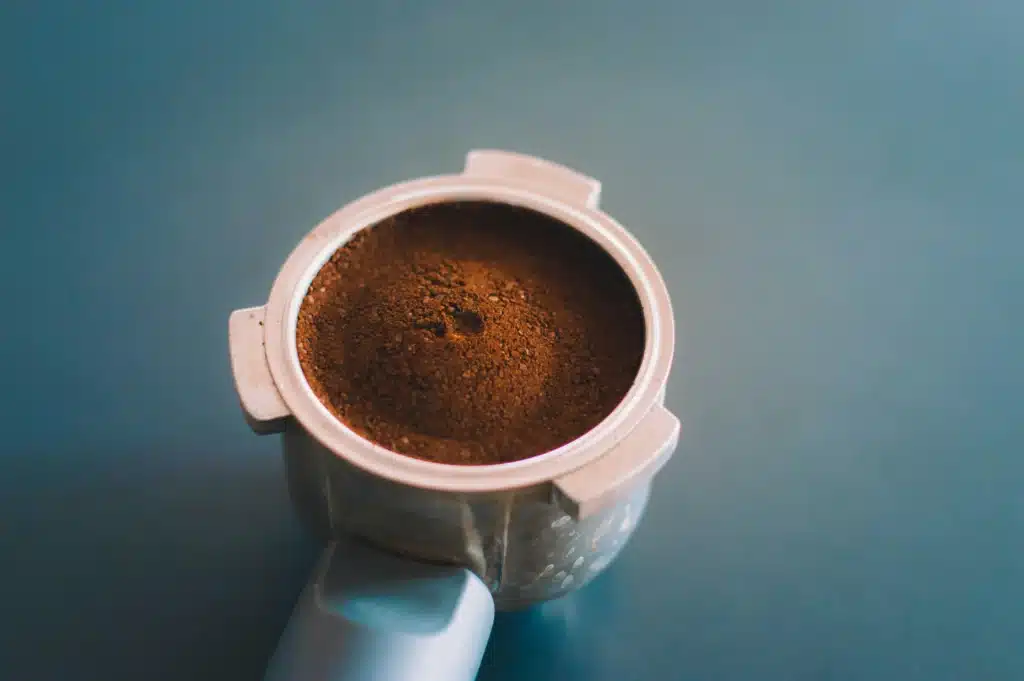
Some FAQs on How many coffee grounds per cup
Q1: Strong CoffeeThe best coffee-to-water ratio
Answer: If you want a more robust cup, go for a 1:12 ratio (one part coffee by weight to 12 parts water).
Q2: I do not have a scale with which to weigh out my coffee grounds.
Answer: Use two tablespoons of coffee grounds per six ounces of water for brewing.
Q3: What about iced coffee? Do I need to change the ratio?
Answer: The ratios are just that, and yes, iced coffee can be watery, so going with a slightly stronger ratio (like starting at, say, 1:10) is a suitable ratio for the typical coffee lover.
Q4: Can I use coffee grounds again for a second cup?
Answer: We do not recommend doing this for a perfect cup of coffee, as the second cup of tea will be vastly weaker and less flavorful.
Q5: How long has my coffee brewed to achieve that perfect cup?
Answer: It can differ slightly depending on the method but should range between (4 to 5) minutes for a traditional drip coffee and French Press pour-over.
The “Modern Kitchen Gear” will cordially allow you to make a choice and get your perfect one. Thank you for your patience and reading. Should you find this blog’s guide helpful, visit our new and latest blogs for more kitchen-related products and decorations. If you are more passionate, please join our newsletter.
